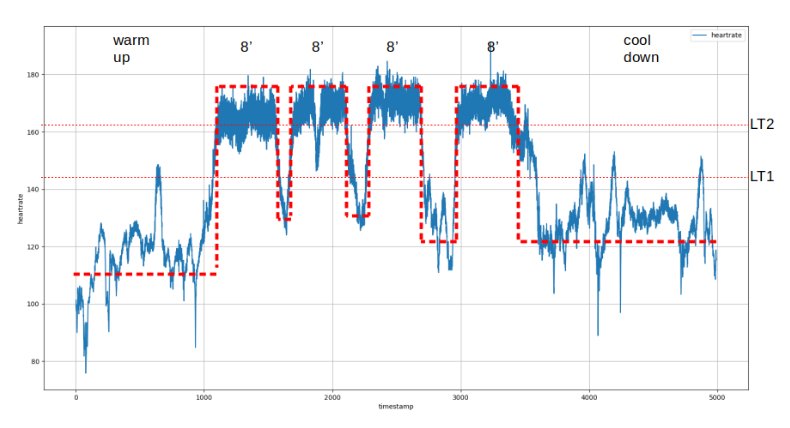
How do you actually measure TID? The basic idea is to divide and quantify training time or distance into different intensity zones, over time frames from single sessions, to a few weeks to years. TID can be measured in terms of power, speed, HR, lactate, oxygen uptake, perceived exertion.
There are three common approaches for quantifying TID. For an endurance training session based on heart-rate:
